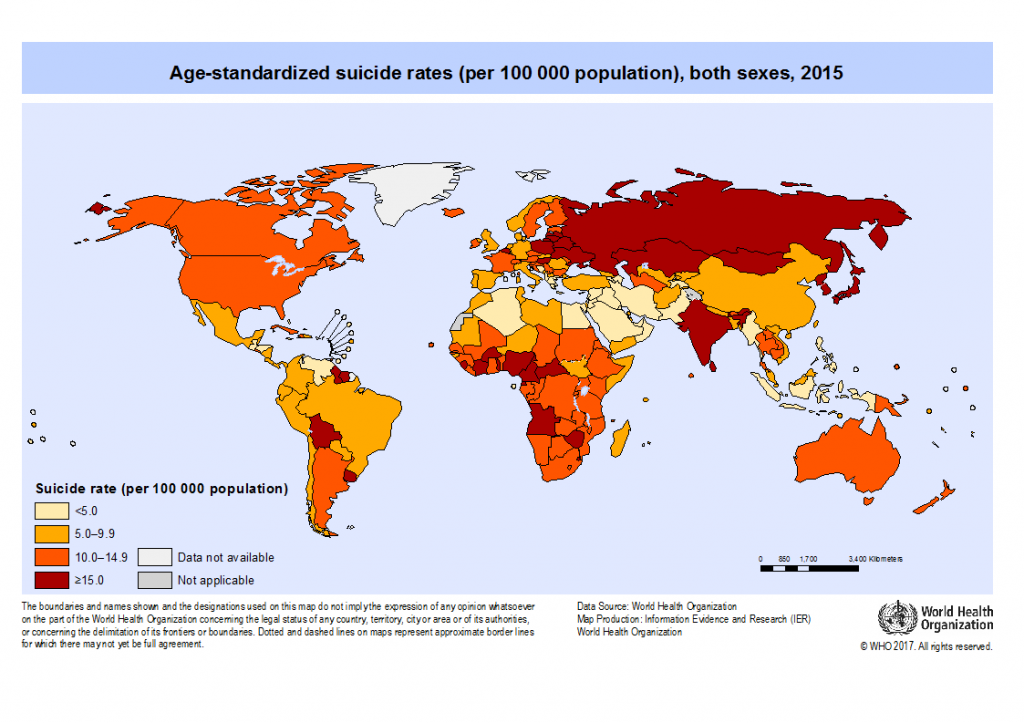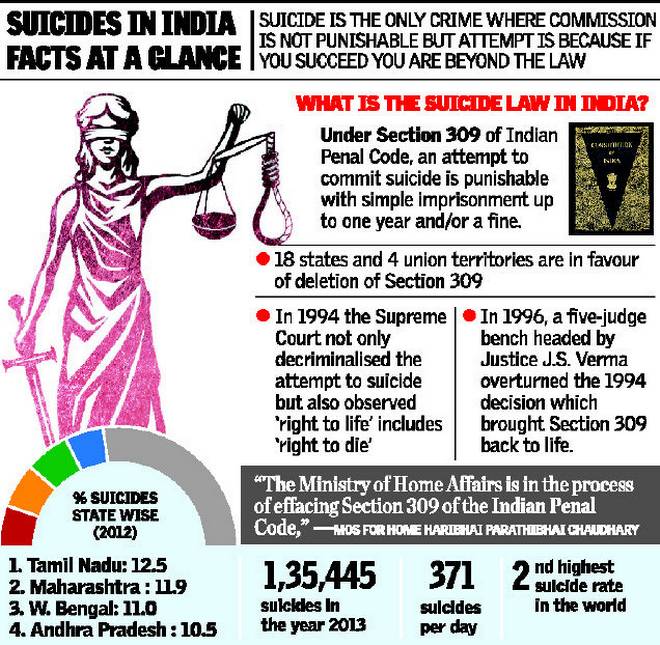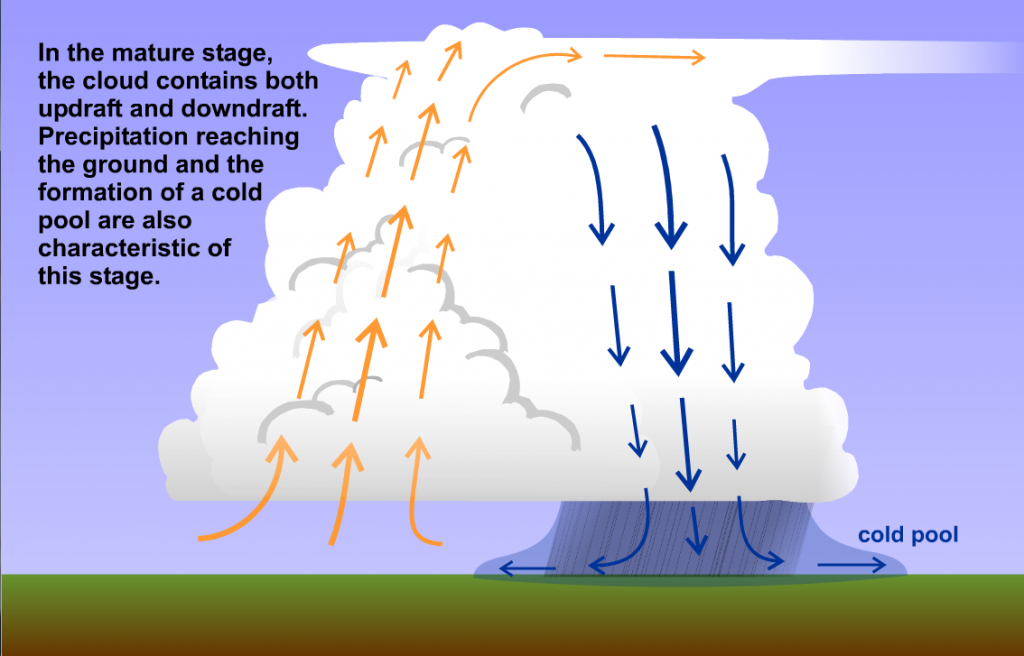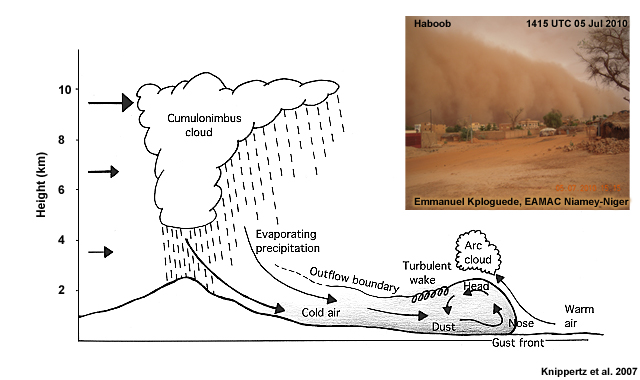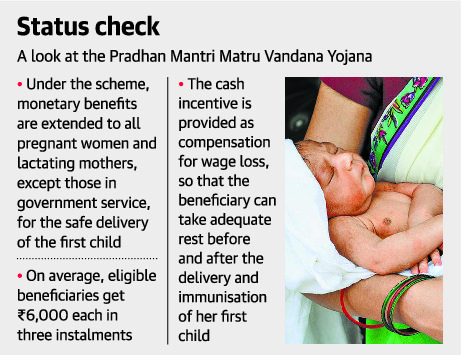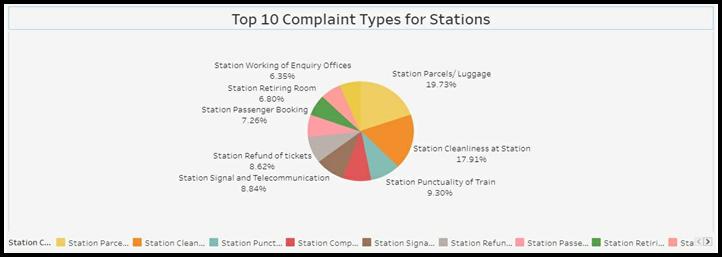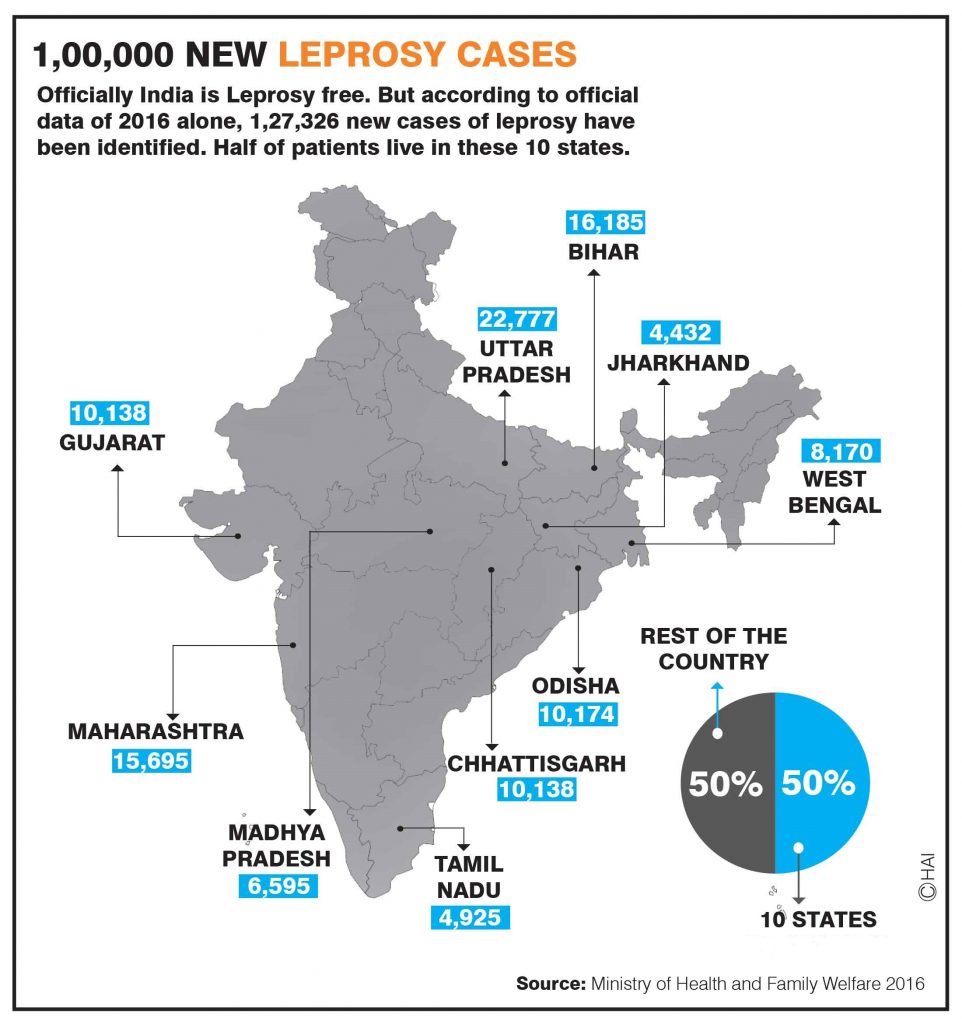Paper 1: Salient features of Indian Society
Rise of Suicides
WHO on suicides
- The World Health Organisation (WHO) puts out disturbing statistics: close to 8,00,000 people die due to suicide every year.
- That’s 1 person every 40 seconds, making it the second leading cause of death among 15-29-year-olds globally.
- Suicide is a global phenomenon; in fact, 78% of suicides occurred in low- and middle-income countries in 2015. Suicide accounted for 1.4% of all deaths worldwide, making it the 17th leading cause of death in 2015. Effective and evidence-based interventions can be implemented at population, sub-population and individual levels to prevent suicide and suicide attempts.
Where does India stand
Why do Suicides Happen
Depression
- A study published by WHO to mark World Health Day 2017 points out that depression and suicide are closely interlinked; at its worst, depression can lead to suicide.
- Depression is quite unlike the normal sadness we have all experienced.
- There are many cases that go undiagnosed because of our reluctance to talk about mental health.
Substance abuse
- Alcohol and drugs are risk factors.
- While the person may not be addicted to alcohol or other substances, high intake can affect thinking and decision-making capacity.
- A person may act on something they have been thinking about when under influence.
Personal and professional stressors
- Data from the National Crime Records Bureau (NCRB) suggests that the biggest factors abroad: gender, age, and marital status are not necessarily the cause in India.
- The biggest factors seem to be relationship setbacks, family discord, educational and financial setbacks.
Childhood trauma
- This could range from physical, mental or emotional abuse of a child at home, to bullying and isolation at school.
- It may play out immediately or may trigger episodes later in life, because of maladaptive coping styles and poor decision-making.
- Parental discord, an exposure to violence early in life, the lack of emotional support, could all push up a person’s risk factors.
(A society in flux
- Sociologists suggest that social cohesion, especially traditional family life, increased the feeling of belonging and protected against self-destructive behavior.
- The breakdown of societies and families, as more people leave home and hearth in search of better opportunities, is a big part of the problem.
- As societies that were traditionally collectivistic adapt a more capitalistic approach, there is an increased feeling of isolation and sadness, an incremental dilution of self-worth.
(E) Connected but disconnected
- People are spending more time on social networks than on physical ones.
- Living in an age of instant fix has also come with its own share of problems.
- Social media creates the false perception that everyone else but you is enjoying life. Over time, this loneliness can lead to a space where the person sees nothing to live for.
Idolisation
- When an admired celebrity or even a mentor or a leader dies, suicide rates have been seen to spike.
A poor lifestyle
- Exercise, stress management, diet, sleep, sunlight: if your lifestyle doesn’t include a healthy dose of the above, it affects your overall mental health.
- Exercise releases endorphins, leading to a greater sense of well-being.
- Exercise is associated with fewer depressive symptoms and better sleep patterns, each of which, in turn is related to lower suicide risk.
Genes
- There appears to be a strong association between genes and suicide.
- Family, twin, and adoption studies have established a genetic basis for suicidal behaviour says a study
Paper 1: Important Geophysical phenomena, geographical features and their location- changes in critical geographical features
Chennai downpour 2015
Background
- On December 1, 2015 Chennai and its surrounding regions experienced an unprecedented, heavy rainfall. In a region where the average rainfall during the season is expected to be 8-10 mm per day, one of the rain gauges in the city recorded an abnormally high, 494 mm, rainfall over 24 hours that day. This led to death of nearly 250 people, and Chennai was declared a ‘disaster zone
How IISc research explained the cause
- IISc researcher answers this by linking the Eastern Ghats and rain-bearing clouds
Phenomenon of Cold Pool
- When clouds give out water droplets, the droplets evaporate mid-air, as they fall down. This cools the surrounding air, forming a cold pool of air which sinks down and flows horizontally
- The gusty cold wind that heralds an approaching thunderstorm is nothing but a cold pool, which plays a pivotal role in cloud dynamics.
- Unlike the Western Ghats, which run close to the west coast of India, the Eastern Ghats are nearly 200 km away from the coast.
- Therefore, the link between the mountains orography and the rainfall over the region is crucial.
- The cold pool was obstructed by the Eastern Ghats from flowing downward; hence it piled up and remained stationary over the Chennai region.
- The reason for the clouds remaining stationary was that there was a balance between the piling of cold pool along the mountain and the winds from the bay.
Dust storm linked to Cold Pool
- Cold pools are known to play an important role in the dust storms (Aandhi) that form in northern India.
- They form by the evaporation of raindrops.
- This process is more efficient in the drier and warmer environment as there is lot of scope of evaporation.
- So, the cold pools that form in these conditions, are deeper and more vigorous.
- As pre-monsoon conditions in north India are very dry and warm, cold pools that accompany the pre-monsoon thunderstorms there are far more destructive, causing widespread damages.
How this study matters
- For the first time, this study links cold pools and the mountain structure to explain rainfall over south India.
- Though the primary aim of the study is to explain the anomalous rainfall over Chennai on December 1, 2015, the understanding gained from this analysis can be useful for improving the general weather forecast over this region.
Paper 2: Issues relating to development and management of Social Sector/Services relating to Health, Education, Human Resources.
Success of Maternity Benefits
Pradhan Mantri Matru Vandana Yojana (PMMVY)
- The maternity benefits under PMMVY are available to all Pregnant Women & Lactating Mothers (PW&LM) except those in regular employment with the Central Government or State Government or Public Sector Undertaking or those who are in receipt of similar benefits under any law.
- The scheme is being implemented on a 60:40 cost-sharing basis with the State governments.
- It is for first living child of the family as normally the first pregnancy of a woman exposes her to new kind of challenges and stress factors.
- The Government of India has approved Pan-India implementation of PMMVY in all districts of the country under which the eligible beneficiaries get Rs. 5,000/- under PMMVY
- The remaining cash incentive as per approved norms towards Maternity Benefit under Janani Suraksha Yojana (JSY) after institutional delivery so that on an average, a woman gets Rs. 6000/-
Objectives of this Scheme
- Providing partial compensation for the wage loss in terms of cash incentives so that the woman can take adequate rest before and after delivery of the first living child; and
- The cash incentives provided would lead to improved health seeking behavior amongst the PW&LM.
- However, to address the problem of malnutrition and morbidity among children, the Anganwadi Services Scheme, which is universal, is available to all PW&LM including the second pregnancy.
- Further, in order to address the malnutrition and morbidity during pregnancies a number of interventions are provided to the pregnant women viz. universal screening of pregnant women for Anaemia and Iron and Folic Acid (IFA) supplementation, Calcium supplementation in pregnancy, Deworming in pregnancy, Weight gain monitoring and Counseling on nutrition, family planning and prevention of diseases.
How this Scheme performed
- After initial hiccups in implementing the maternity benefit programme Pradhan Mantri Matru Vandana Yojana (PMMVY), the government has finally made some headway and provided cash incentives to nearly 23.6 lakh beneficiaries out of an estimated 51.6 lakh a year.
Still a way ahead
- Due to a huge backlog from last year, the government needed to provide cash benefits to over 100 lakh estimated beneficiaries by the end of the financial year 2017-18.
- While States like Tamil Nadu, Telangana, Odisha and West Bengal have their own maternity benefit schemes and have been reluctant to implement the PMMVY,they were bound to comply because the scheme was a by-product of the National Food Security Act.
Paper 2: Bilateral, regional and global groupings and agreements involving India and/or affecting India’s interests
BIMSTEC War Games
- India will host the first military exercise of the BIMSTEC(Bay of Bengal Initiative for Multi-Sectoral Technical and Economic Cooperation) group.
Aim of this Exercise
- The aim of the exercise is to promote strategic alignment among the member-states and to share best practices in the area of counter-terrorism
- The exercise is scheduled to be held in Pune in the second week of September.
- The theme includes “counter-terrorism in semi-urban terrain and cordon and search”, and each side will bring in some 30 soldiers.
Counter-terror ops
- The conclave of Army chiefs is scheduled on the last two days of the exercise. The chiefs will debate the challenge of terrorism and transnational crime, which is a major concern among all the states and on how they can promote collective cooperation, the source said.
- BIMSTEC countries held a disaster management exercise in 2017, but this is the first military exercise of the grouping which brings together important neighbours of India in South and Southeast Asia.
Paper 2: Bilateral, regional & global groupings & agreements involving India &/or affecting India’s interests
India-ASEAN Naval Games
- The Navies of India and Indonesia will hold their first bilateral exercise in the Java Sea
- India will stage a new trilateral exercise with Thailand and Singapore soon
- India is instituting a series of bilateral and multilateral naval exercises with Association of South East Asian Nations (ASEAN) countries
- This is being done as part of the increasing military-to-military cooperation
- India is also looking at a new multilateral exercise with ASEAN’
Increasing cooperation
- The bilateral with Indonesia is in addition to the Coordinated Patrol (CORPAT) that the two sides conduct
- The bilateral with Indonesia will be held after the conclusion of the Malabar trilateral naval war games between India, Japan and the U.S. which is underway off the coast of Guam
- Two of the ships participating in Malabar will head to the Rim of the Pacific Exercise (RIMPAC), the world’s largest multilateral exercise, hosted by the U.S. biennially off the Hawaii islands
Paper 2: Important aspects of governance, transparency and accountability, e-governance- applications, models etc
RPGRAMS Rail Madad
- An App to expedite & streamline passenger grievance redressal
Utility of this App
- This enables the top management to continuously monitor the pace of grievance redressal as well as evaluate the performance of field units/ trains/ stations on various parameters viz cleanliness, catering, amenities etc.
- It also identifies weak/deficient areas and laggard trains/stations for undertaking focussed corrective actions.
RPGRAMS – Rail Madad (Mobile Application for Desired Assistance During travel)
- RPGRAMS (Railway Passenger Grievance Redressal and Management System), which has been developed by Northern Railway (Delhi Division) comprises many novel features including ‘Rail Madad’.
- It is a mobile App to register complaints by passengers through mobile phone/web.
- It relays real time feedback to passengers on the status of redressal of their complaints- the passenger gets an instant ID through SMS on registration of complaint followed by a customized SMS communicating the action taken thereon by Railway.
- RPGRAMS integrates all the passenger complaints received from multiple modes (14 offline/online modes currently) on a single platform, analyzes them holistically and generates various types of management reports.
Salient features of Rail Madad application
- Rail MADAD registers a complaint with minimum inputs from passenger(option of photo also available), issues unique ID instantly and relays the complaint online to relevant field officials for immediate action.
- The action taken on complaint is also relayed to passenger through SMS, thus fast tracking the entire process of redressal of complaints through digitisation.
- Rail MADAD also displays various helpline numbers (e.g., Security, Child helpline etc) and provides direct calling facility for immediate assistance in one easy step
- All modes of filing complaints including offline and online modes are being integrated on a single platform, therefore the resultant management reports present a holistic picture of weak/deficient areas and enable focused corrective action by officials concerned.
- The data analysis would also generate trends on various performance parameters of a selected train/station like cleanliness, amenities etc thus making managerial decision more precise and effective.
Paper 2: Issues relating to development and management of Social Sector/Services relating to Health, Education, Human Resources.
Universal Screening for TB, Leprosy
Why in news?
- Health Minister on Monday announced that India is all set to start universal screening for tuberculosis and leprosy. The announcement was made by the minister while listing the achievements of the NDA government in the last four years.
Highlights
- Government is starting universal screening. At the age of 30 years, everyone will have to be screened not just for diabetes, hypertension and cancers, but also for tuberculosis and leprosy,”
- India accounts for the largest number of TB cases in the world and 60 per cent of the global burden of leprosy. At 27.9 lakh, India’s TB incidence in 2016 was down marginally from the previous year’s 28.4 lakh. The number of TB-related deaths was 4.35 lakh, down by 15 per cent from 5.17 lakh.
- Prime Minister Narendra Modi has made a suo motu commitment that India will eliminate TB by 2025, ahead of the global sustainable development (SDG) deadline of 2030.
- All states except Chhattisgarh and the Union Territory Dadra and Nagar Haveli have eliminated leprosy. In March 2016, 551 of the 669 districts in the country had a prevalence of less than one per 100,000 population which is defined by WHO as elimination.
- The latest figures for maternal mortality ratio show that three states — Tamil Nadu, Kerala and Maharashtra — have already achieved the 2030 SDG targets.
Leprosy
- The programme to eradicate leprosy was launched way back in 1955. “The goal of leprosy elimination as a public health problem that it prevalence rate of less than one case per 10,000 population at the national level, was achieved in 2005,” PM Narendra Modi said on January 30. A total of 86,000 cases are on record as on April 1, 2014, giving a prevalence rate of 0.68 per 10,000 populations, as per data from The Leprosy Mission Trust of India.
- A World Health Organization (WHO) report from 2016 says that India, along with Brazil and Indonesia account 81 per cent of the newly diagnosed and reported patients globally.
- In its pathway to eradicate the stigmatized disease, the government launched programmes to screen and detect cases under National Health Mission in 2016. As a result, more than 32,000 cases were confirmed and put on treatment.
- In August 2016, India also developed and launched its own leprosy vaccine, piloting it in five districts across Bihar and Gujarat. The first-of-its-kind leprosy vaccine was developed as patients were showing signs of resistance against the conventional multi-drug therapy.
Tuberculosis
- Tuberculosis (TB) continues to claim many thousands of lives in India each year. A recent estimate by WHO suggests that India accounts for over a quarter of the world’s tuberculosis cases. The organization increased its estimate of the number of new TB patients in India, from 2.2 million in 2014 to 2.8 million in 2015.
- India has been funding public health programmes to control the incidences of TB since the 1990s, but eradication seems distant. Many cases of TB remain undetected making it difficult to cure patients. Increasing drug resistance is causing complications and adding to the challenge of TB control.
Paper 2: Issues relating to development and management of Social Sector/Services relating to Health, Education, Human Resources.
Sanitation Coverage increases
- Sanitation coverage in rural India, under the Swachh Bharat Mission, has now risen to 85%. As per the data released by Ministry of Drinking Water and Sanitation, through mobilization of rural communities, 7.4 crore toilets were built across rural India, and as an outcome, over 3.8 lakh villages and 391 districts were declared Open Defecation Free (ODF).
About Swachh Bharat Mission- Gramin:
- The core intent of the Swachh Bharat Mission is to make India open defecation free by 2019. Keeping public spaces clean, constructing and maintaining both individual and community toilets are all part of the ‘Swachh’ agenda.
- Though the Swachh Bharat Mission found mention in the Prime Minister’s Independence Day speech, it was formally inaugurated with much fanfare on October 2, 2014, Mahatma Gandhi’s 145th Birth anniversary.
- The Swachh Bharat Mission (Gramin) is the successor of the erstwhile Nirmal Bharat Abhiyan (NBA). The aim of the NBA, earlier known as the Total Sanitation Campaign, was to make India open defecation free by 2017
Way Ahead
- From the Central Rural Sanitation Programme of the 80’s to the Nirmal Bharat Abhiyan of the previous UPA regime, sanitation and water supply schemes have managed to capture and hold the attention of the governments, both at the centre and the state level. Despite being a national obsession, most schemes have come and gone with very little to show on the ground.
- Census 2011 revealed that only 30.7% of households in rural areas had access to toilets. A 2008 UNICEF study sets the number even lower at a mere 21%. India tops the list of countries with the maximum number of people defecating out in the open.
- The TSC (Total Sanitation Campaign ) and NBA’s central goal was to improve the toilet coverage in the country. In the past decade, the increase in toilet coverage across India has just been 1% per year.
Paper 2: Statutory, regulatory & various quasi-judicial bodies
Panel to study Direct Overseas Listings
- The Securities and Exchange Board of India (SEBI) has constituted an expert committee to examine the possibility of allowing unlisted Indian companies to directly list equity overseas while also allowing foreign companies to list directly on the Indian bourses.
- Considering the evolution and internationalization of the capital markets, it would be worthwhile to consider facilitating companies incorporated in India to directly list their equity share capital abroad and vice versa, SEBI said in a statement.
- Currently, Indian firms can only use the depository receipts route — American Depository Receipt (ADR) or Global Depository Receipt (GDR) — to list on overseas exchanges.
- For foreign companies wanting to list on Indian exchanges, the Indian Depository Receipt (IDR) is the only option currently.
How equity share are listed?
- Companies incorporated in India can today list their debt securities on international exchanges (Masala bonds) but their equity share capital can be listed abroad only through the ADR/GDR route.
- Similarly, companies incorporated outside India can access the Indian capital markets only through the IDR route.
Paper 2: Issues relating to development and management of Social Sector/Services relating to Health, Education, Human Resources.
Pre-authorization is must under NHPM
- Pre-authorisation will be mandatory for 636 of the 1,350 packages – or 47 per cent of all treatments covered under the National Health Protection Mission (NHPM), including all packages for cardiology, ophthalmology and oncology.
- The NHPM will not cover conditions that do not require hospitalization, dental procedures, congenital physical problems, vaccinations and fertility-related procedures, and will also not cover treatment of a person who has attempted suicide.
- The document also lays down that for a claim ratio of up to 120 percent, states will not pay any additional premium. If the claim ratio is beyond 120 per cent, the state will pay 50 per cent of the additional premium. The remainder will have to be borne by insurance companies.
Why Pre-authorization is essential
- Pre-authorisation is essential to keep a check on “moral hazard” procedures
- “Moral hazard” in health insurance parlance is the tendency of people who are insured to buy/be sold additional healthcare interventions, irrespective of their actual needs
- This leads to expenses that do not necessarily add to their own health or well being but bleeds the insurer
- For this procedures such as emergency consultation for acute colic, high fever, cuts, stitches, soft tissue injury, single-bone fracture plaster, nebulization for asthmatic attack, moderate dehydration, hypoglycaemia in a diabetic, dengue without complication, and food poisoning will be covered in the scheme only if the treatment is availed in a government hospital
- For some specified conditions, pre-authorisation will be required for hospitalization beyond 10 days
What if there is Delay in Premium
- The penalty provisions are stiff for any delays on the part of the insurer or the state health agency (SHA) either in paying the premium or in processing claims or refunds to the state.
- If claim payment to the hospital is delayed beyond 15 days, insurers will have to pay an interest of 1 percent for every seven days of delay.
- If the premium refund is not made by the insurer to SHA within 30 days of the communication for the refund, there will be 1 percent interest for every week of delay.
- If the premium is not paid to the insurer by the SHA within six months of the commencement of the AB-NHPM(Ayushmaan Bharat-National Health Protection Mission) , insurers will get an interest of 1 percent of the premium amount for every seven days’ delay.


